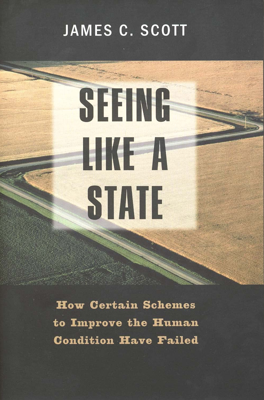Cities, People, and Language
The Tale of Urban Evolution and Standardization
Medieval towns were a maze of organic growth, lacking any uniform design or abstract form, reflective of the intricate nature of human settlement untouched by state mandates. These areas, designed through habitual use rather than planned engineering, offered legibility to residents but confusion to outsiders, protecting local knowledge and autonomy from external political forces.
Historically, densely constructed urban areas have provided safe havens for political movements and resistance to controlling forces. However, as state authorities aimed for greater urban legibility for easier control, they began detailed mapping of complex cities to facilitate policing.
Modern states and planners sought to transform the "higgledy-piggledy" landscapes of unplanned cities into orderly, regulated spaces, reminiscent of scientific forestry. The application of grid systems, while simplifying administration, often disregarded local needs and topographical realities, shaping cities to facilitate state needs over community preferences.
The Enlightenment brought about a preference for visible order and symmetry in urban areas, reflecting broader desires for legibility and control. Descartes highlighted the difference between organic ancient cities and planned modern towns, emphasizing the aesthetic and administrative benefits of planned urban environments.
Urban Reconfigurations for State Control
The transformation of cities like Paris under Baron Haussmann and others in the 19th century illustrates extensive state-driven urban planning aimed at simplifying complex old cities for better control and administration. These transformations often involved massive public works that uprooted communities but were justified by combined goals of aesthetic enhancement, public hygiene, and political control.
Centralized planning linked urban redesign with broader state goals, including easier troop mobilization to quash insurrections and enhanced fiscal efficiency. While these redesigns were often seen as public works miracles, they also led to intensified social segregation and reshaped urban life at the expense of marginalized communities.
Conclusively, while states continue to push for urban and administrative simplifications for easier governance, the inherent complexities of cities and the entrenched nature of local practices often resist such simplifications, creating ongoing tensions between state objectives and lived realities.
